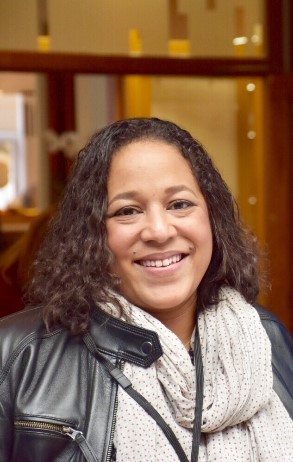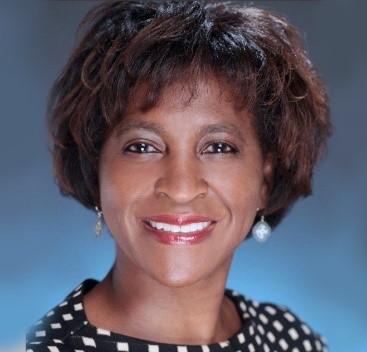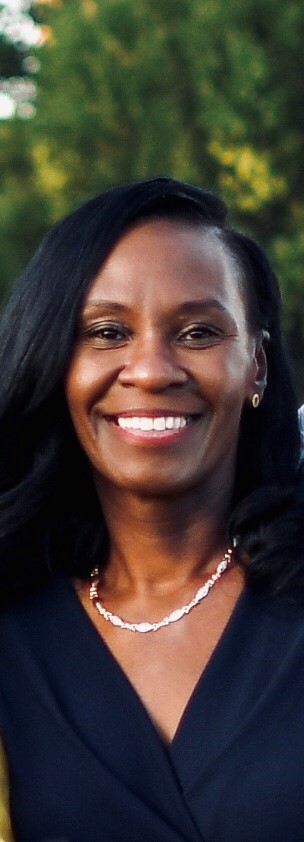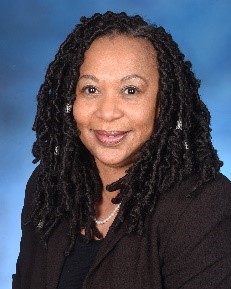Featuring Ann C. Lichti, CHCP, FACEHP; Cassandra McCullough, MBA; Malika Nelson-Wicks, EMBA; Chanise D. Reese-Queen, EdD, MSA
In celebration of Black History Month, the Alliance’s Diversity, Inclusion and Access Committee would like to recognize and celebrate Black professionals in our community who have made contributions in the continuing education space. We’ve asked them to provide their thoughts and experiences as well as recognize many others who have also been leaders within our field.
 Ann C. Lichti, CHCP, FACEHP, Retired CE Professional
Ann C. Lichti, CHCP, FACEHP, Retired CE Professional
What are some of the common mistakes in medical education that fail to address health disparities in communities of color?
One of the mistakes but definite opportunities is including Black clinicians and Black patients in accredited CE activities — from planning to implementation. It is a missed opportunity when our learners don’t see representation among the faculty presenters. Our industry also can and should be seeking educators who practice in diverse settings — at the community level and not just academic medical centers. Community-based practitioners — particularly those who are working in areas that have a majority of Black patients and patients of color — are uniquely qualified as “local champions.” They have strong relationships with their patients and ties to the community. They can help find solutions that may be more culturally appropriate to bridge communication gaps, improve health literacy and reduce disparities in care. Our industry can bring the issue of health equity to the forefront in continuing healthcare education. It will take sustained work and partnerships to tackle such a complex problem, including facilitating conversations that will likely cause some discomfort at first. In the words of Lao Tzu, “The journey of a thousand miles begins with a single step.”
Who within the medical education industry inspires you, or who would you like to recognize as part of Black History Month?
I’d like to recognize several individuals including Karen Thomas, MEd, FACEHP, CHCP (Genentech); Chanda Holsey, DrPH, MPH, AE-C (Halo for Families); Nathalie Harden; and Russell J. Ledet, PhD (The 15 White Coats and Tulane University School of Medicine). Representation matters. They continue to be the example of “if I can see it, I can become it” for so many people. They certainly have been for me.
 Cassandra McCullough, MBA, Chief Executive Officer, Association of Black Cardiologists, Inc.
Cassandra McCullough, MBA, Chief Executive Officer, Association of Black Cardiologists, Inc.
What are some of the common mistakes in medical education that fail to address health disparities in communities of color?
Despite the many breakthroughs in medicine, significant health disparities further exacerbated by the pandemic persist in communities of color. According to the literature, 80% of health outcomes are influenced by the social determinants of health (SDOH). Thus, the places where people live, learn, work and play are key influencers of a patient’s health trajectory. Access barriers such as healthy food options, air quality, transportation and socioeconomic status also impact the health of individuals and communities. The opportunity in medical education is responding to the growing recognition to focus on the patient more wholly. This includes expanding educational offerings that amplify the SDOH’s profound effects on morbidity and mortality. The “combined” focus on clinical risk factors and non-clinical health indicators could improve the effectiveness of medical education in addressing health disparities in communities of color as well as fostering solutions that aim to ensure health equity for all.
Who within the medical education industry inspires you, or who would you like to recognize as part of Black History Month?
I recognize Michelle A. Albert, MD, MPH, FACC, FAHA, Walter A. Haas-Lucie Stern Endowed Chair in Cardiology, professor of medicine/director, CeNter for the StUdy of AdveRsiTy and CardiovascUlaR DiseasE (NURTURE Center), associate dean of admissions, UCSF School of Medicine, University of California, San Francisco/Division of Cardiology, Department of Medicine, president, Association of Black Cardiologists, Inc., president, Association of University Cardiologists, president-elect, American Heart Association.
 Malika Nelson-Wicks, EMBA
Malika Nelson-Wicks, EMBA
Grants Manager, Independent Medical Education, Global Medical Affairs/Medical Excellence, Sanofi
Disclaimer: Please note the below responses are my opinions and do not represent those of Sanofi.
What can medical education do to address issues of diversity, equity, access and inclusion?
People of color are substantially underrepresented in clinical trials, which promises the development of new treatments that extend medical education and improve the quality of life as well as prevent disease for which there is a disproportionately high prevalence in such communities.1 As a medical education provider, failure to provide information to these patients is one barrier that must be recognized in the continuing education space. Healthcare professionals/clinicians can address medical education issues of diversity, equity, access and inclusion by addressing, designing and implementing multilevel interventions to improve and reduce healthcare disparities for people of color. While there are various multifactorial causes of disparities among patients who are people of color, research findings suggest that suboptimal doctor-patient communication and best practices treatment options are contributing factors that promote and support the need for improved medical education awareness.2 To progress the critical roadmap of personalizing treatment for people of color, medical education professionals must proactively highlight the education surrounding the evolving standards of care, with attention to differences in patient populations and related individualized care decisions, which will help address such disparities.
Who within the medical education industry inspires you, or who would you like to recognize as part of Black History Month?
One person who stands out the most as an inspiration to me and other women of color in medical education is Aisha Suhail, global business unit head at Answers in CME. Aisha is not only a leader in the industry, but she is also a wife, mother, daughter, sister and friend who continues to pave the way for other women of color to make a difference in the transformation of medical education for people of color. Today and every day I salute this woman as her contribution to medical education are greatly appreciated.
 Chanise D. Reese-Queen, EdD, MSA, Executive Director, Professional Development and Education, Office of Faculty Affairs and Professional Development, University of Maryland School of Medicine
Chanise D. Reese-Queen, EdD, MSA, Executive Director, Professional Development and Education, Office of Faculty Affairs and Professional Development, University of Maryland School of Medicine
What can medical education do to address issues of diversity, equity, access and inclusion?
Consistent training on implicit bias and blind spots for all healthcare providers and staff members.
What are some of the common mistakes in medical education that fail to address health disparities in communities of color?
Many healthcare providers don’t see the patient as an individual. They see a group or stereotype.
What have been some of your challenges you have faced as a person of color and professional in the continuing education space?
I don’t see many people of color in this industry and in leadership roles.
Who within the medical education industry inspires you, or who would you like to recognize as part of Black History Month?
One person who comes to mind is Annette Donawa, PhD. She is the assistant provost of continuing professional development (CPD) at the Sidney Kimmel Medical College at Thomas Jefferson University.
References
- Noah, B. (2003). The Participation of Underrepresented Minorities in Clinical Research. American Journal of Law & Medicine, 29(2-3), 221-245. doi:10.1017/S0098858800002823
- Joseph-Williams, N., Elwyn, G., & Edwards, A. (2014). Knowledge is not power for patients: a systematic review and thematic synthesis of patient-reported barriers and facilitators to shared decision making. Patient education and counseling, 94(3), 291-309.